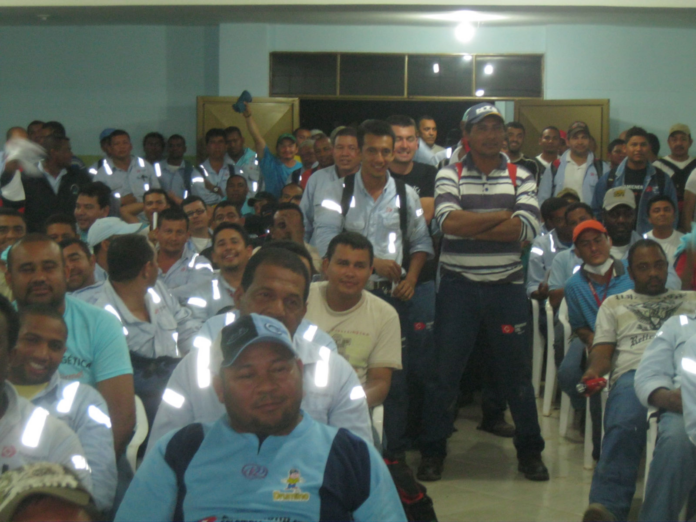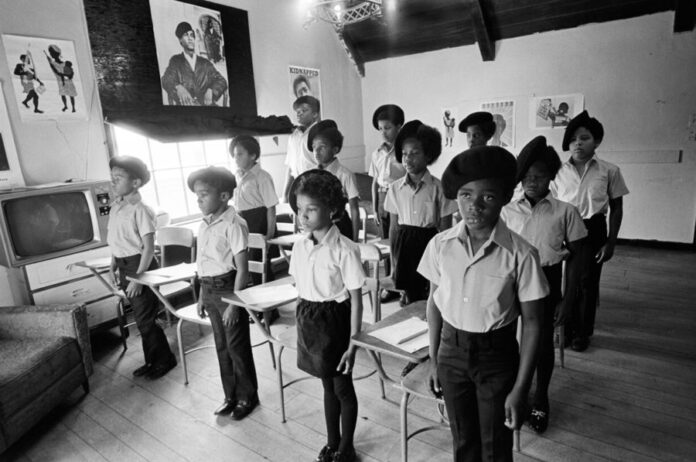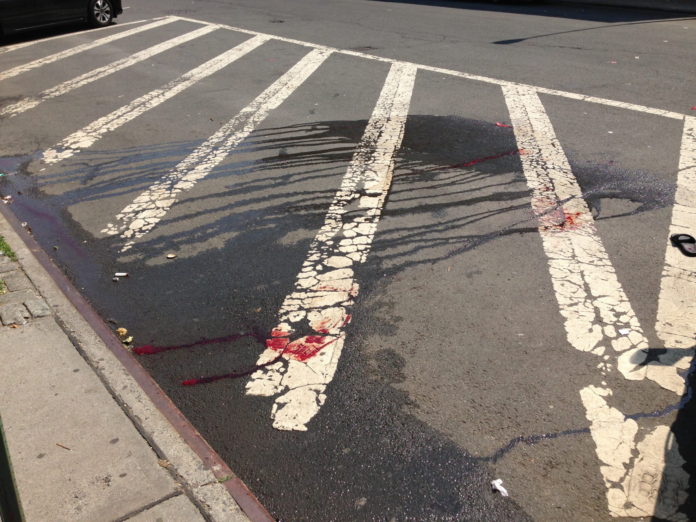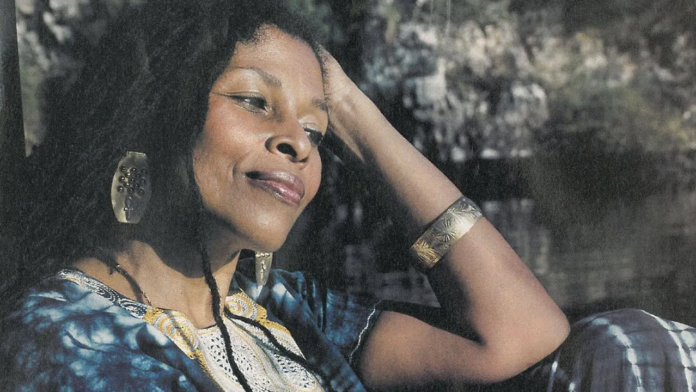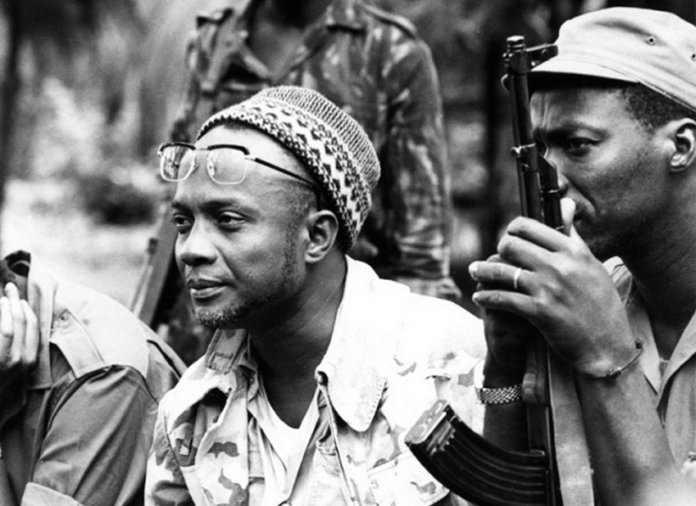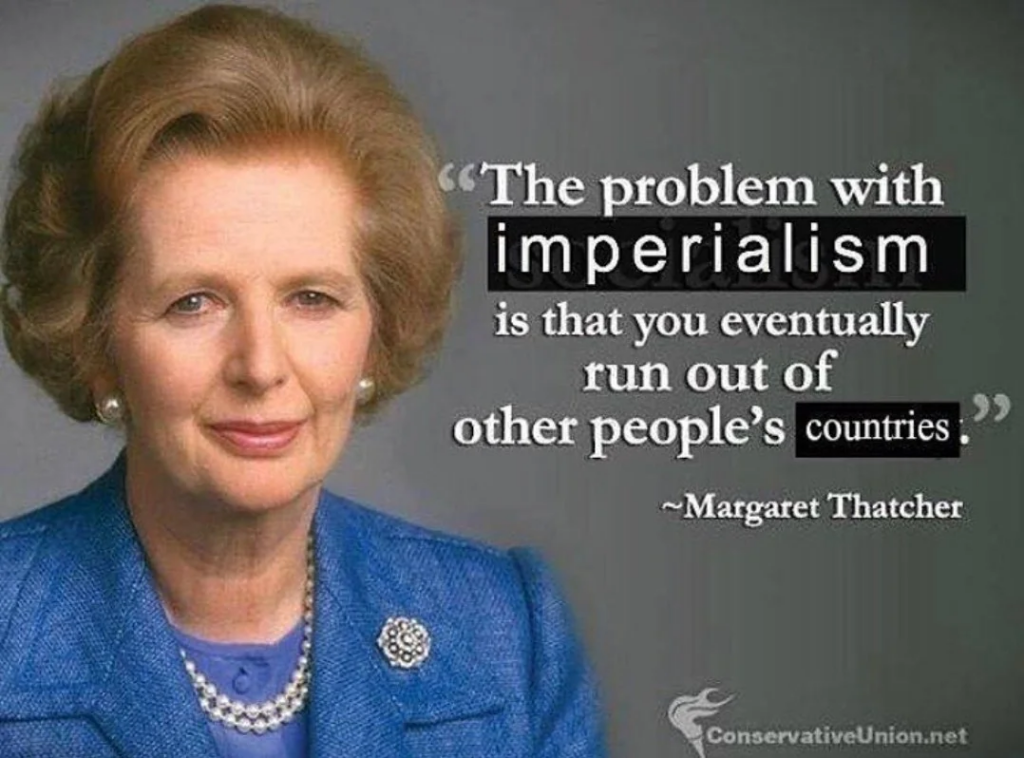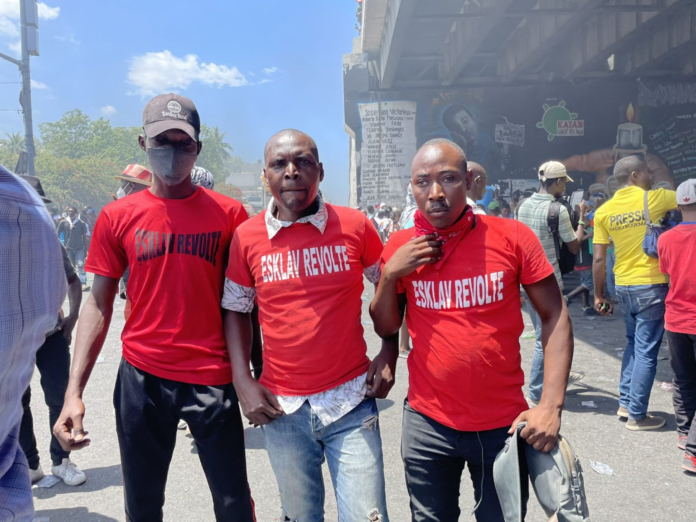Originally published at Liberation News on November 3, 2010
On Sept. 23 military sources in Colombia reported the murder of Jorge Briceño, aka Mono Jojoy, one of the members of the FARC secretariat. Amidst all the celebratory propaganda statements issued by the U.S. State Department and Colombian president Juan Manuel Santos about their claim they are defeating the “terrorists,” it is important for communists and progressives to revisit the class struggle in Colombia that gave birth to the FARC. What are the class interests of the FARC and why have the Colombian ruling class and their imperialist backers been unable to destroy the popular guerrilla army after 45 years of systemic repression?
With five years of field study in FARC-controlled territory, Professor James J. Brittain of Acadia University in Nova Scotia, Canada, has just published Revolutionary Social Change in Colombia: The Origin and Direction of the FARC-EP, a book which sets out to dispel the ruling class’s myths about the popular guerrilla army. Brittain takes on all of the propaganda used to discredit the FARC, explaining that they are not a terrorist organization but rather a people’s army that is born out of the deep social contradictions that exist in Colombian society. Guided by Marxism-Leninism, the FARC is working to liberate Colombia’s land and resources from the grip of a minority ruling class and U.S. imperialism.
Roots of the FARC
The FARC emerged out of a time period known in Colombia as “La Violencia.” In 1948 liberal presidential candidate Jorge Eliecer Gaitán was murdered by the right wing because of his aspirations to implement reforms for the poor. Gaitán’s assassination set in motion a wave of violence against anti-imperialist, leftwing forces, forcing many Colombian revolutionaries to go underground.
This led to the formation of rural self-defense organizations of peasants across Colombia connected to the Colombian Communist Party, the PCC. These “peasant republics” which fought for land reform and justice for the peasantry were the predecessors of the FARC.
The Legend of Marquetalia
In response to the armed peasant organization, from 1960-63 the Colombian government carried out “Operation Marquetalia”. Twenty thousand combined Colombian/U.S. troops and advisors invaded and pulverized the region, employing napalm several years before it was used in Vietnam in an attempt to push the guerrillas out of the Marquetalia Valley.
In response to this attack, on May 27, 1964, the “peasant republics” united and intensified their struggle by banding into a guerrilla army, the Revolutionary Armed Forces of Colombia, FARC. Under the leadership of Manuel Marulanda, the guerrillas resisted the Colombian army and their U.S. backers, giving birth to “the Legend of Marquetalia.”
La Unión Patriótica
By 1970, the latifundia economy meant that 77.7% of arable land was in the hands of large rural landowners (7). As the contradictions in the Colombian countryside sharpened and more of the nation’s resources—oil, emeralds, coffee—were gobbled up by transnational monopolies, more and more peasants joined the FARC in defense of their their land. The FARC set up a new social organization within the peasant/guerrilla-run territories, providing free schooling, health care and other social services for the peasantry. In 1985 the FARC, unions and other civil society groups formed the Unión Patriótica, a left alternative to the two ruling-class parties. Alarmed at the potential threat of the left winning in the elections, the ruling class embarked on a political genocide, killing 6,000 members of the Unión Patriótica, including Jaime Pardo and Bernardo Jaramillo, the UP’s presidential candidates in 1986 and 1990. Realizing the dead-end of bourgeois politics, the FARC picked up their weapons again and returned to the countryside.
The Role of the Paramilitaries: The Shock Troops of the Bourgeoisie
Traditional state forces were never enough to stamp out the resistance that inequality bred. Since the 1920’s propertied interests also have hired private armies to protect their monopolies. Brittain reports that by the late 1990’s large landowners and the state were employing up to 10,000 paramilitaries. Unlike the disciplined, ideologically-motivated FARC, the paramilitaries’ role is to strike terror in the hearts and minds of Colombia’s exploited classes. Brittain documents their policies of torture and brutal slaughter towards civilians suspected of collaborating with or interacting with the FARC.
According to the International Crisis Group, the AUC (United Self-Defense Forces of Colombia), umbrella group of the paramilitaries, committed over 1,145 massacres from 1997-2000 (125). In one such slaughter representative of the death squad’s campaign, “the paramilitaries mutilated bodies with chain saws. They chained people to burning vehicles. They decapitated and rolled heads, even playing soccer with one of the heads.” (126) It is the reckless violence of the paramilitaries that has left Colombia with 4.3 million internally displaced people (more than the entire Middle-East including Iraq) (24). Hundreds of thousands of families running from the paramilitary terror have in fact fled into guerrilla-run territory. While the press distorts class reality and turns it on its head, the truth is that the paramilitaries are guilty of the lion’s share of drug-trafficking and horrific brutality that is every day falsely attributed to the FARC.
Who are the Major Players in the Cocaine Trade?
Imperialism has a vested interest in portraying the FARC as criminal drug-runners. But who is truly behind the drug trade in Colombia and what is the FARC’s stance on the cultivation of coca?
The FARC discourage the trade of drugs but understand the reality for many peasants, who cultivate coca today, because of the plummeting of the coffee market and the absence of other sustainable options. The FARC promote a policy of crop-substitution searching for ways to encourage peasants to grow more bananas, yuca, coffee, sugarcane and other foodstuffs.
The FARC have in place a class-based model of taxation where the landless and coca subsistence peasant farmers are not taxed but drug merchants, like cattle ranchers and Colombians and corporations worth over $1,000,000 have to pay a 10% tax.
Washington’s war on drugs is a propaganda tool used to justify its billion-dollar funding to the Colombian government for counter-insurgency and more easily carry out the theft of Colombia’s vast wealth. Colombia is also being militarily boosted by U.S. imperialism as a regional threat to other countries like Venezuela and Ecuador.
In their so-called war on drugs, U.S. and Colombian ruling elites overlook the fact that former president Alvaro Uribe and his connections are directly linked to narco-trafficking. The largest drug dealers also employ their own paramilitaries, competing violently for control of the drug-trade. They see the FARC’s pro-peasant stance as a threat to the drug trade they control. They form an alliance that seeks to amass as much land as they can to the detriment of the peasantry.
Major drug trafficker Pablo Escobar himself once said: “that they try to present me as an associate of the guerrilla hurts my personal dignity. I am a man of investment and therefore cannot sympathize with the guerrillas who fight against property” (94).
Conclusion
Amidst the barrage of lies and confusion in the mass media, it is important not to lose track of the class war that rages on in Colombia. The ruling class intentionally misrepresents and under-represents the FARC in the media. It often celebrates murderous attacks on the revolutionary forces, such as the highly touted invasion of Ecuador and murder of comandante Raúl Reyes and Ivan Ríos in 2008 and the natural death of commander-in-chief Manuel Marulanda the same year.
Brittain’s research shows that throughout the 1990’s the FARC had about 40,000-50,000 trained combatants and a sprawling underground network of support across rural and urban Colombia, consistently maintaining a distance of 16 to 50 miles from Bogota’s downtown. Today the FARC continue to control vast sections of the Colombian landscape and develop their model of a new society, complete with schooling, medical care, a justice system, pensions and their own infrastructure. With meticulous research, Brittain assesses how, despite some setbacks and increased offensive by the U.S. and Colombian governments, the FARC is not defeated and their influence is not diminishing. The FARC continues to resist with the support they receive from the Colombian masses.
Revolutionary Social Change in Colombia is well documented and essential to gaining a deeper understanding of the FARC’s struggle for social justice, especially in these times of increased U.S. government demonization of popular movements in Latin America.


